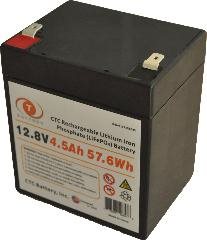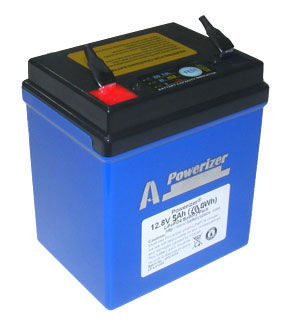Monitor voltage and current at the _battery._ That's the thing you have to take care of.
There are plenty of devices available that will do this. Powerwerx makes a device (watt-meter and power analyzer) that will monitor voltage and current and track coulombs in for about $50. All Electronics has a volt+amp meter for about $12. Both draw power, of course, so make sure you do not kill your battery while using them. Both are also one-way.
If you want to get fancier, ebikes.ca has a power monitor (Cycle Analyst) that will monitor bidirectional power flow for about $120.
There are plenty of devices available that will do this. Powerwerx makes a device (watt-meter and power analyzer) that will monitor voltage and current and track coulombs in for about $50. All Electronics has a volt+amp meter for about $12. Both draw power, of course, so make sure you do not kill your battery while using them. Both are also one-way.
If you want to get fancier, ebikes.ca has a power monitor (Cycle Analyst) that will monitor bidirectional power flow for about $120.


Comment